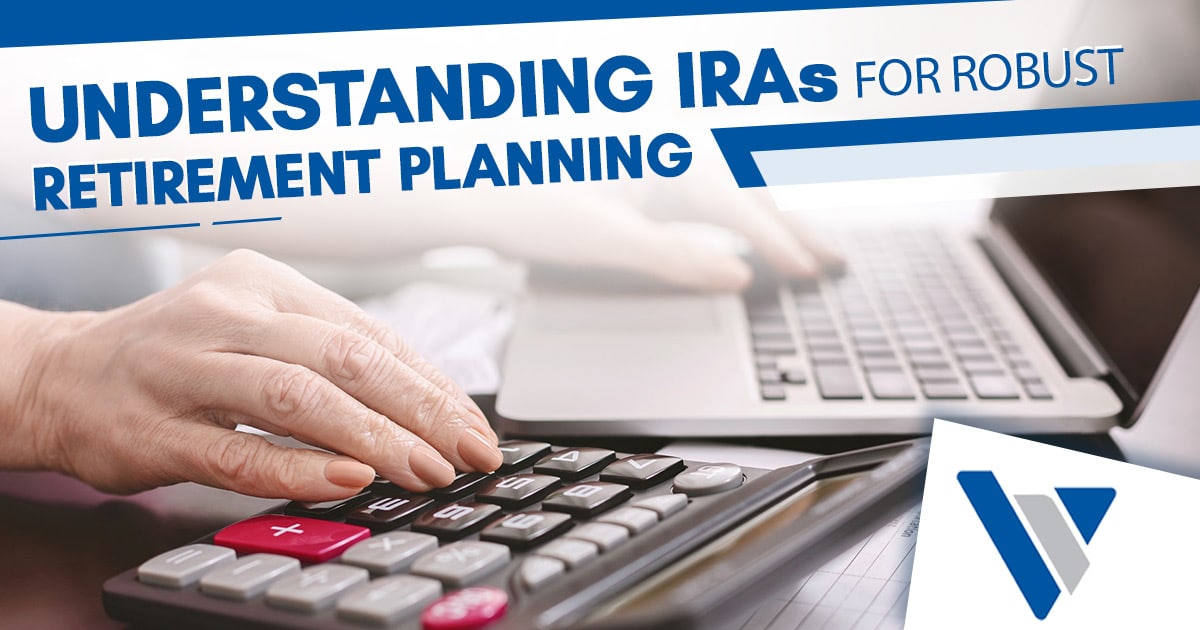I am sharing with you some of the information the Life Insurance Marketing and Research...


Individual retirement accounts, also called IRA’s, are a great retirement planning tool when you understand how they work. IRA’s are more or less a savings plans that have a lot of rules. There are both advantages and disadvantages to having these accounts. When you understand their workings and how you can use them to your benefit, you’ll have a useful tool to add to your retirement tool kit.
There are many kinds of IRA’s. Every single one has their own eligibility requirements and tax implications. The biggest advantages of traditional IRA’s are that the taxes are deferred on growth and earnings of the savings account you withdraw the funds. However, the biggest disadvantages are the penalties for withdrawing funds before the age of 59 ½.
Contributing to traditional IRA’slowers your taxable income. As a result, you don’t pay income taxes on the funds you contribute to the account. Instead, the savings will increase tax-deferred and you won’t have to list any capital gains, dividends, or interest from your IRA on your annual tax return.
However, when you extract the funds from your IRA, that’s when it’s included in your taxable income at that point. That means it is taxed as standard income down the road. Basically, when you do withdraw the funds, you’re paying the income taxes you didn’t pay when they were contributed. However, depending on your life situation this may be better for you, or it could be worse. Yet many retirees learn that they fall into a lower tax bracket than they did while they were still working and earning. So, if this is true for you, you could end up paying fewer taxes on that money than you would have paid originally.
The downside of traditional IRA’s is that there are penalties if you have to extract funds before retirement. In addition, there’s a 10% tax penalty if funds are withdrawn prior to reaching 59 ½ years of age. They also dictate that you must start withdrawing the funds when you reach the age of 72. At this point you have to take a “required minimum distribution” or RMD every year. If you don’t, you’ll get an excise tax of 50% of the RMD amount you didn’t pay taxes on for not withdrawing the funds. During the COVID-19 Pandemic the RMD rules have been lifted.
Nondeductible IRA’s are traditional IRA’s with one important difference. Your contributions aren’t tax-deductible. While this may not seem like a good thing, it’s not without its advantages. For example, your savingsstill grows tax-deferred until you withdraw funds. But, since you’ve already paid taxes on your contributions, the principal funds are tax-free during retirement. However, the growth portion is taxed as income at the time you withdraw the funds.
People usually opting for nondeductible IRA’s are typically in a situation where they’re covered by an employer’s retirement plan, they aren’t eligible to fund Roth IRA’s, they have income that’s too high and aren’t eligible to deduct traditional IRA contributions, and they desire to contribute extra savings towards retirement in an account that’s tax-deferred. If you don’t check all these boxes then you may want to talk to a qualified retirement planner about how you want to handle your funds moving forward. The advisors here at Virtus Wealth Management would be happy to discuss this with you.
The biggest difference between nondeductible and traditional IRA’s is how the original contributions are taxed. Other traditional IRA rules still apply to nondeductible IRA’s.
This is another type of IRA that offers potentially tax-free distributions and savings. However, unlike a traditional individual retirement account, you don’t receive deductions for your contributions. This makes Roth IRA’s like nondeductible IRA’s. The differences are in the taxation of the distributions.
Your contributions to a Roth IRA are not tax-deductible. However, you don’t have to pay income taxes on the growth and earnings inside this type of IRA. In fact, distributions from your Roth IRA are tax free when you meet specific conditions. Another thing that sets Roth IRA’s apart is that you can contribute to them even if you have a different retirement plan through your employer. And, while Roth IRA’s do have a few income limitations, they don’t have minimum distribution requirements.
As of 2018, the annual total contributable amount to either traditional, nondeductible, or Roth IRA’s, or any combination of the two is $5,500. However, if you’re 50 years of age or older then you can contribute another $1,000 on top of that per year if you wish. This exception is referred to as “catch-up” contributions.
Your employer may establish some IRA’s. One example of this is a Simplified Employee Pension IRA, or SEP IRA. It’s a group retirement plan created by your employer that houses traditional IRA’s within. These types of plans are very favored among self-employed individuals due to their higher contribution limits. Aside from a higher limit, SEP IRA’s are a lot like traditional IRA’s. Contributions go in with pre-tax money while distributions come out, as income. This type of plan also has penalty fees for early distributions.
Another type of group retirement plan is the Savings Incentive Match Plans for Employees, also known as SIMPLE IRA’s. These plans are generally easier to establish and maintain when compared to 401(k) plans or pension plans. However, they have lower contribution limits than any other group plan. Your money goes in pre-tax and employers provide matching contributions. Early distributions result in penalties and all distributions are subject to income taxes.
The most important thing you can do for your future is to start planning for retirement now if you haven’t already. If you’re already saving then it may be worth it to reexamine your current accounts to see if you’re on track for the future you want.
If you’re ever in doubt, reach out to our advisors here at Virtus Wealth Management. We have experience with all types of retirement accounts and planning. We would love the opportunity to discuss your retirement goals with you and help you on your path to a brighter future.
Call Virtus Wealth Management today at (817) 717-3812 for all your retirement planning needs.
The information provided here is for general information only and should not be considered an individualized recommendation or personalized investment advice.
The investment strategies mentioned here may not be suitable for everyone.
Each investor needs to review an investment strategy for his or her own particular situation before making any investment decision.
This information is not intended to be a substitute for specific individualized tax or legal advice. We suggest that you discuss your specific situation with a qualified tax or legal advisor.
A Roth IRA offers tax deferral on any earnings in the account. Qualified withdrawals of earnings from the account are tax-free. Withdrawals of earnings prior to age 59 ½ or prior to the account being opened for 5 years, whichever is later, may result in a 10% IRS penalty tax. Limitations and restrictions may apply.